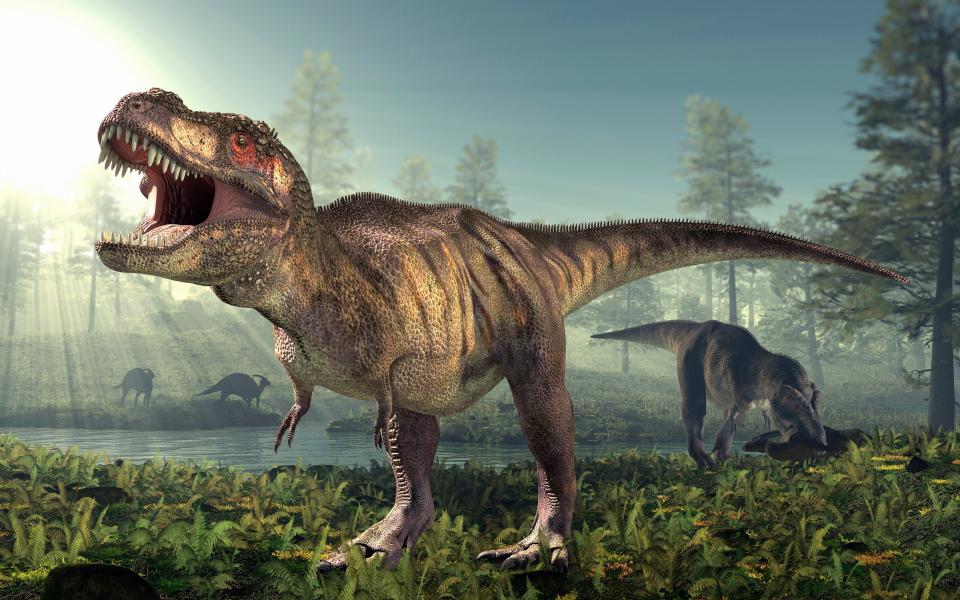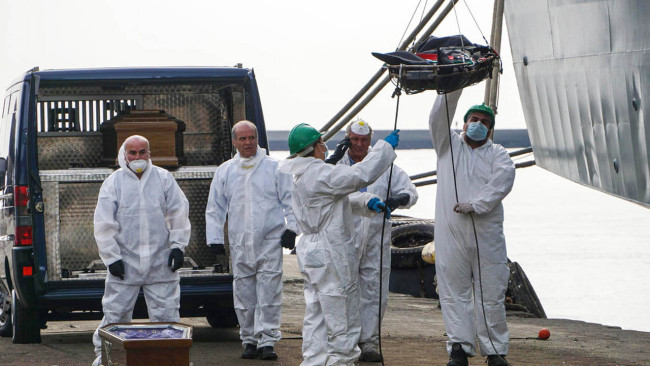
One paleontologist from the University of Hawaii says the predator was less of a casanova and those arms were actually ‘vicious weapons’.
For more than a century, many paleontologists have viewed the small arms of T. rex as having been vestigial. At ~1m long, these arms were not as tiny as often portrayed, and derived traits indicate that they were actually functional. The few previous suggestions of possible functions for the arms are all problematical. Six of the arms’ derived traits indicate that they were adapted for slashing at close quarters: (1) The shortness of the arms would actually have been advantageous for this activity. (2) A large coracoid indicates that the arms were very strong: not only slightly longer than the leg of a six-foot man but also of similar girth. 3) The arm bones were quite robust and would readily have sustained the impact of slashing. (4) The unusual reduction of the number of fingers from three to two would have resulted in 50% more pressure being applied to each claw. (5) The humoral head was part of an unusual quasi-ball-and-socket joint that would have provided considerable mobility for slashing. (6) The huge (8-10cm-long) sickle-shaped claws would have caused deep wounds.
Its short, strong forelimbs and large claws would have permitted T. rex, whether mounted on a victim’s back or grasping it with its jaws, to inflict four gashes a meter or more long and several centimeters deep within a few seconds — and it could have repeated this multiple times in rapid succession. Infliction of damage by slashing was widespread among other theropod taxa, so in light of its formidable weaponry, why should T. rex not have engaged in this activity?
Tyrannosaur ancestors used long arms primarily for grasping. These atrophied during the evolution that led to the tyrannosaurids because the jaws took over their grasping function. No longer being selected for, the arms were selected against: the expansion of the head deprived them of nutrition in a zero-sum game. Then, as the arms approached their final size, natural selection kicked in opportunistically and put them to good use for slashing at close quarters.













